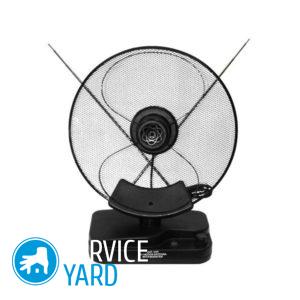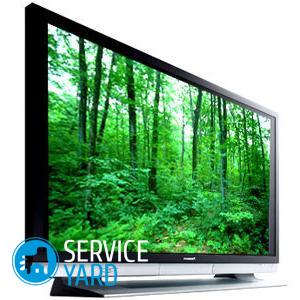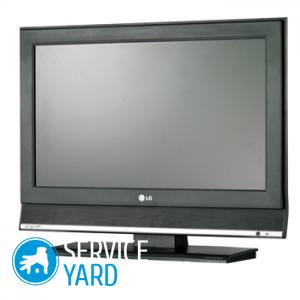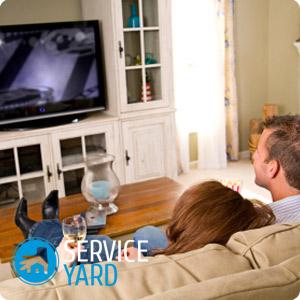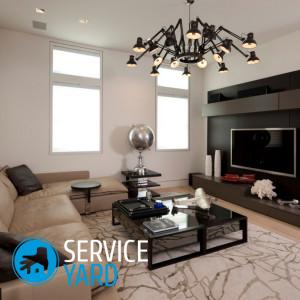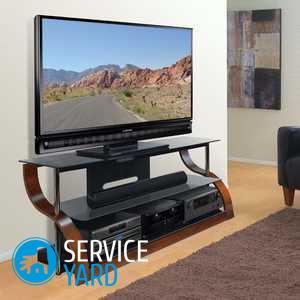Antenna amplifiers for TV - how to choose?
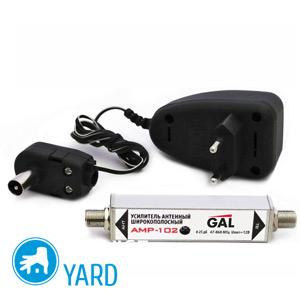
Often, even in the city, when using a conventional TV receiver, problems with signal quality arise. To avoid this, you can connect satellite or cable TV. People in rural areas cannot do this and are forced to watch a bad image. If you want to improve the quality of the picture on the screen that the antenna gives out, then you need to connect an amplifier to it. This device will be useful if the TV tower is too far away or if you have a bad antenna or incorrectly picked it up. Such a device helps to improve the quality of the signal that the TV receives. Amplifiers are often used in country houses and on the lower floors of apartment buildings. Since there are different antenna amplifiers for a TV, how to choose the right one, we will tell in this article.
to contents ↑Key selection criteria
To choose the right antenna amplifiers for your TV, you need to keep in mind the following characteristics.
Frequency Range Required
On this basis, devices are divided into:
- Broadband - work only in their frequency band;
- range - reinforce a specific predetermined range;
- multi-range - work in several ranges.
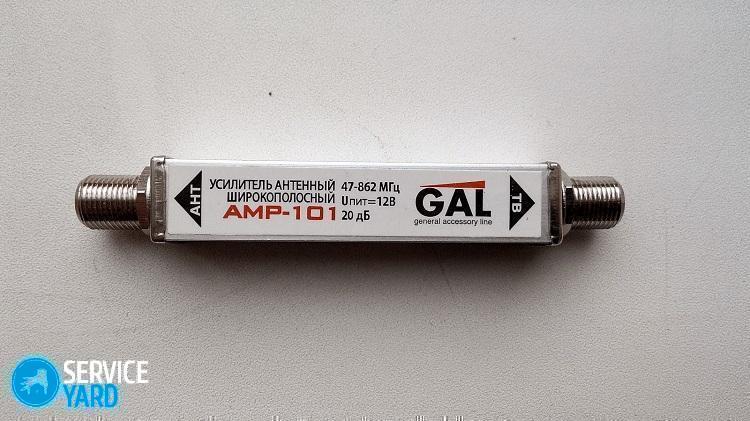
Distance to TV tower
Look at the map where the nearest TV tower is located. Having learned the distance, you can calculate the necessary gain.
Important! This can be done using the RTRS website - it allows you to find out the coverage area of digital broadcasting in your area and the places where the towers are located.
Do not take too powerful a device, this will create unnecessary interference.
Device Properties
They are the noise figure, the current and voltage consumed by the device, as well as the gain.
Type of antenna and signal
Among other things, the choice of receiver depends on what kind of receiver you use. You need to know this in order to select a TV signal amplifier. They are made for antenna, cable and satellite signals. A little more about each.
Important! For those who are first confronted with connecting and setting up television, our special reviews will be useful:
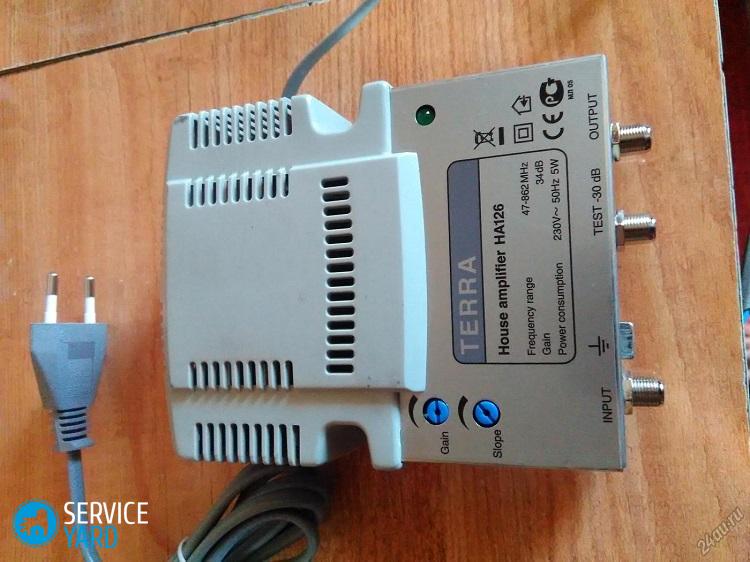
Antenna
May be useful if:
- the house is far from the transmitting station;
- the signal is drowned out by buildings or trees;
- if the antenna is installed incorrectly.
Important! Before buying it, try twisting the antenna itself. It may be possible to improve the signal.
Often, to improve image quality, you should buy an active antenna with a built-in amplification path. This is often done by people living in city apartments.
Important! Such devices are very convenient and compact, you can move them indoors and find the best place to receive the signal.
Cable
They can be found much less often, because cable TV providers, as a rule, give a pretty decent signal. Such devices are purchased when it is necessary to connect several TVs from one point. Therefore, they often have signal dividers.
Important! Often, signal amplification is not necessary at all. You can buy a conventional splitter by installing where the cable enters the apartment. It also does not add interference.But if you have more than three television sets in your apartment, then the signal will need amplification.
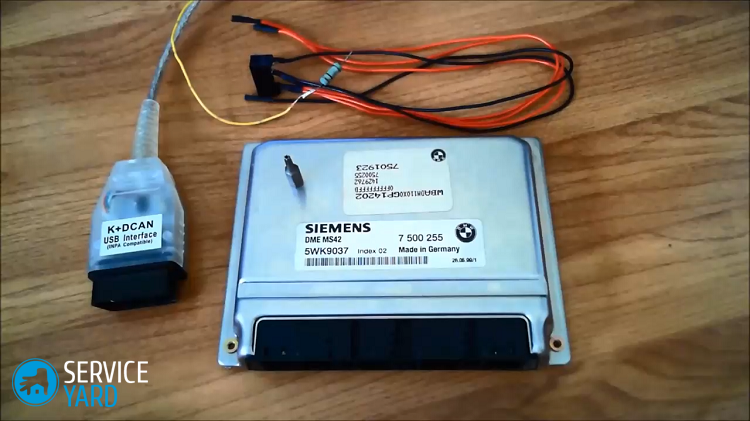
Satellite
They are also not very common. As a rule, people prefer to install a satellite dish with a large radius or replace the equipment with more modern ones.
Important! Sometimes to improve the signal, install a cable amplifier on the antenna input of the TV. The main condition is that the frequency ranges must match.
Active or passive amplifier
One of the classification criteria is the principle of operation of such a device. On this basis, active and passive devices are distinguished. The main difference is that in active devices an antenna amplifier is installed, which is powered from the network. He needs an adapter in 12 or 9 Volts.
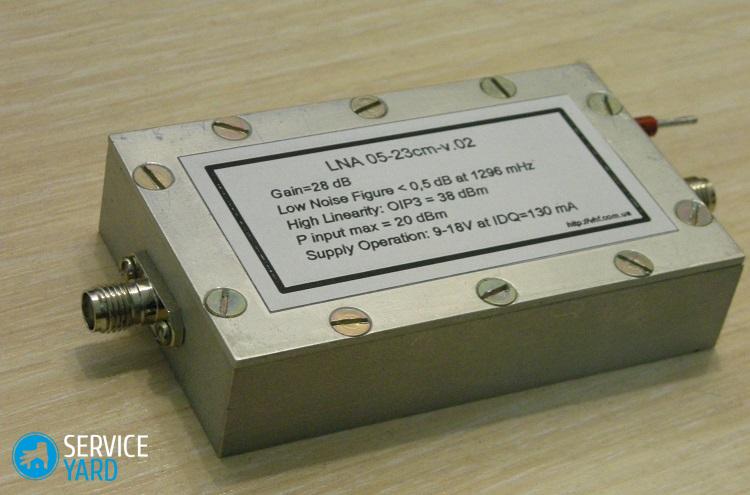
There are certain requirements for installing such a device:
- The device must be located as close as possible to the receiving point - this significantly increases the signal quality.
Important! If you install this amplifier in this way, the quality will not be spoiled even by distortions that occur in the feeder, which is a 75 ohm wire.
- It is better to protect the device from rain and snow.
- Do not place it too close to the TV - this will cause interference.
- You can connect power through the antenna cable. It is better to use a coaxial cable for connection.
to contents ↑Important! With an active antenna amplifier, it is possible to connect the power supply separately, and put it in the room.
Additional tips
Which amplifier for a TV antenna is better? Consider these recommendations so that the choice is reasonable:
- It is necessary to choose a device with the desired gain. The largest possible distance is 150 km.
Important! If the distance to the TV tower is less than 10 km, the antenna amplifier for the TV is not needed, it is enough to correctly install the antenna itself.
- Do not try to buy a device with the highest gain - such devices can create very strong interference.
- You can connect a broadband device and you can catch all the channels available to you. Most often they choose this option.
Important! For the same antenna, you can find a variety of amplifiers with different characteristics. To simplify your selection task, use the special tables with which you can select the desired model.
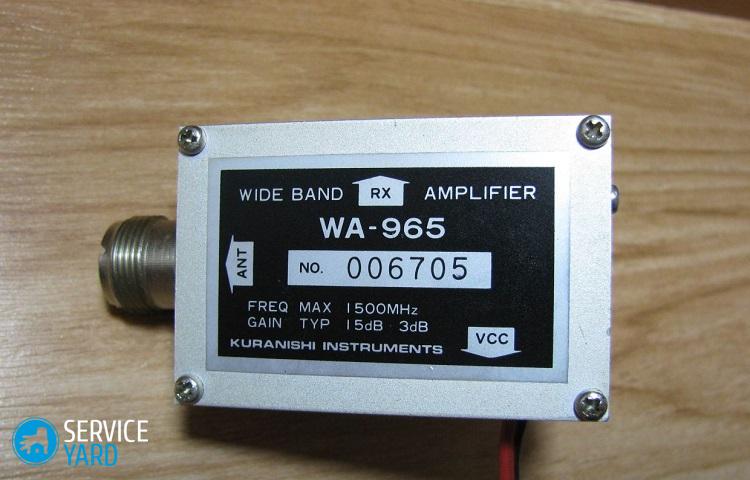
Important! TV is an integral part of the interior. In most cases, for example, in the design of the living room, they emphasize it. How to properly design a wall with a TV and other nuances that should be considered when arranging furniture in a room, we have described in detail in our separate articles:
Amplifier Coefficients
Here are some more points regarding the characteristics of the device that will help you choose antenna amplifiers for your TV. But the overall gain will consist of several parts:
- Amplifier conversion factor;
- Gain.
The first parameter is pretty obvious, and the second needs to be clarified. It can generally be zero. An antenna with such a conversion factor will be omnidirectional.
Such devices can also be used with an amplifier. Here are some of their pros and cons:
- It receives a signal from all sides, which means that you do not need to spend time pointing the television antenna. But this property also increases the amount of interference, and with the amplifier they will become even more.
- They have a better gain, they give less interference. But they are more difficult to install correctly. If the beam direction from the TV tower changes, there will be problems with reception.
- Omnidirectional devices can receive signals from more than one tower. It is likely that the image may begin to double. The same can be with overpowering.
Important! Take into account the radiation pattern.Devices receive the signal in the best way in no more than two directions. They specifically have this design. The direction of the antenna depends on its shape.
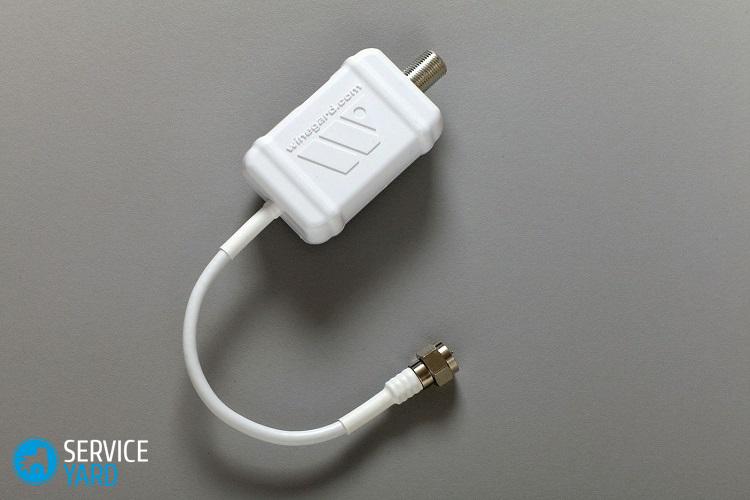
to contents ↑Important! The TV panel screen requires special care. In order not to become a regular customer of the service center, use our tips on how tohow to wipe the LCD screen at home.
Popular manufacturers and models
Now there are many different manufacturers. But which amplifier for a TV antenna is better?
Delta
Among Russian manufacturers, the company Delta is popular. It produces active antennas. Judging by user reviews, this is a pretty good manufacturer.
Such models are in constant demand:
- Delta 3311 A. Has a log-periodic scheme. However, the antennae for the MV frequencies are firmly fixed so that the device does not begin to sway strongly on the mast with the wind. This could interfere with signal reception.
- Delta K 331 A. This device has a gain for different ranges. In the decimeter frequency range, this is 24 dB, in the VHF - 14 dB, in the HF range - 6 dB. This model has the best reception on regional channels and digital television. To cover this range, it uses built-in digital antenna amplifiers that can achieve very good quality.
- Delta K 331 A.03. A device with better qualities than the previous two. This antenna is log-periodic. For the range MV has telescopic antennae. This is a room model; it cannot be installed on the street.
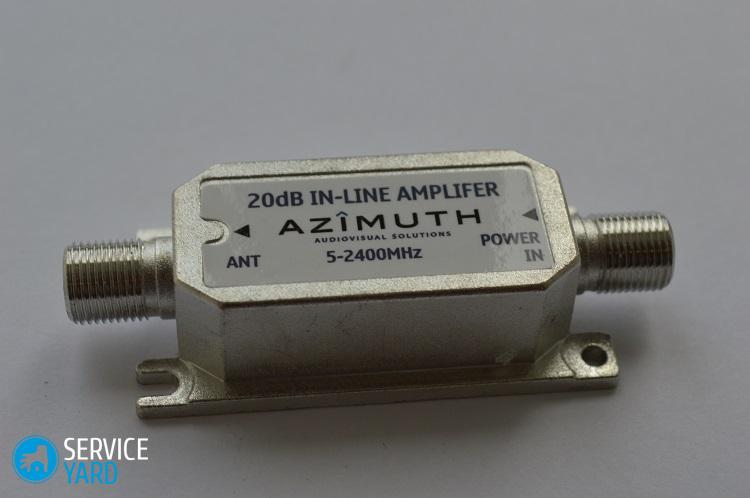
SWA
For grating antennas of the “Polish” type, a TV signal amplifier SWA is chosen. Its range: 49-790 MHz. It is better to strive to purchase a device with a lower noise figure and not the largest gain.
Important! There are a lot of SWA models, so when choosing, pay attention to the characteristics that suit you.
Locus
A fairly common model, in the event of failure of which it is necessary to install an antenna amplifier LSA. He will resume her work and improve the signal quality.
Alkad
These amplifiers have 2-4 outputs, more than one TV can be connected to them. Some of these models allow you to change the gain, and in different ranges.
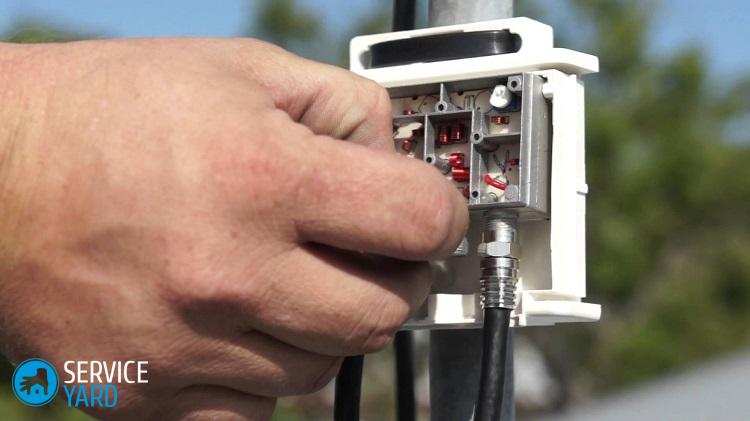
Terra
This company from Lithuania produces antenna amplifiers with several inputs, which allows you to add signals from several antennas. They also produce appliances with multiple outputs.
to contents ↑Important! Together with the amplifier, as a rule, a power supply is sold. The manufacturers of active antennas and amplifiers are basically the same. Some of them include additional features such as radio reception.
Stock footage
In this article we have prepared for you an overview of all the important technical specifications and popular manufacturers, models of antenna amplifiers. The question of how to choose the right one, we hope, is now solved very simply for you.




